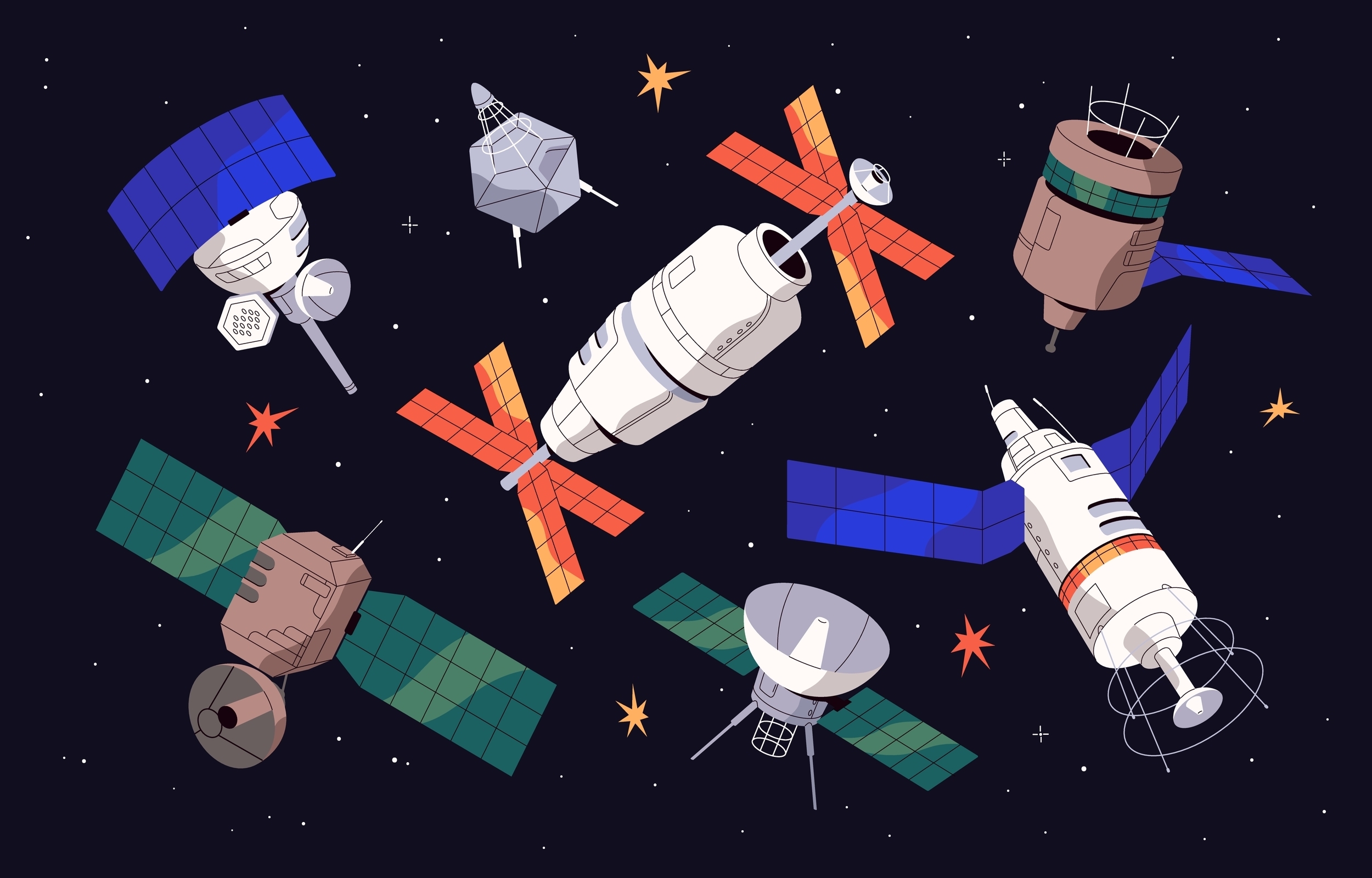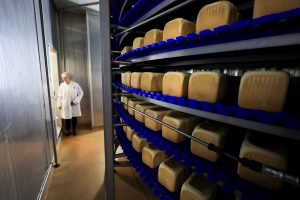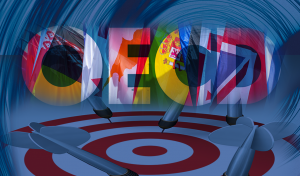It was the most important launch of Joseph Gummett’s career. He waited nervously at his office in Deeside, Wales, which he called “mission control” that day, as the vessel hurtled 110,000 feet—about 21 miles—straight up. When he received news the endeavor was successful, he was filled with relief.
Billionaire-backed companies including BlueOrigin , SpaceX and Virgin Galactic have reignited interest in getting more humans into space . But as Gummett waited from his office, there were no humans on the vessel. Instead, there was a single chicken nugget.
Gummett, who works at British supermarket Iceland Foods, had been charged with creating a marketing campaign for its 50th anniversary. He wanted to do something novel.
“There aren’t many things that haven’t been done with a chicken nugget,” he says. “This was definitely one of them.”
Less than 100 miles away in Sheffield, U.K., Chris Rose and Alex Baker were ready. While major corporations fuel space tourism, Rose and Baker’s 13-year-old company, Sent Into Space, has cornered the lucrative market of launching not people, but almost anything else.
Definitions differ on where outer space begins —about 62 miles up, according to many scientists. But at 20 miles, the company, which calls itself “Near Space experts,” says its cameras capture “the blackness of space, the thin blue line of the atmosphere and the curvature of the Earth.”
A baby stroller, Tic Tacs, Jameson whiskey, a 7-Eleven Slurpee, a wedding dress and a portrait of Shakespeare are among objects that have journeyed “to the edge of space,” the company says, often for marketing campaigns.
Some efforts are in the name of science, such as a meat-and-potato pie launched by Harry’s Bar, a U.K. pub that organizes a world champion pie-eating competition. According to the bar’s website, they wanted to “boldly go where no pie has been before,” and see if the journey changed the pie’s molecular structure.
A launch can cost from a few thousand dollars to hundreds of thousands, Rose says, and the company does up to three a week.
“We’re in this new space race,” Rose says. “The appeal for space is at an all-time high.”
After the 2020 nugget launch, the supermarket made international news and sold 10 million nuggets that week , Gummett said.
Rose and Baker met as Ph.D. candidates at Sheffield University, where both studied engineering. Baker has a passion for Iron Man triathlons and Rose has one for pumpkin carving—he’s a champion—but both have a love of space.
Sent Into Space rose from what Rose called a “crackpot scheme” to get a camera into Near Space. (They did.) Now they have 25 employees and one office dog called Doug who’s come to work every day for the last seven years.
They use polyethylene balloons with a cargo attachment containing a camera system and communications technology to track the vessel. After the camera captures images of an item sent up, ground-based technology sends a radio signal command to the contraption to fall back to Earth.
The whole journey takes two or three hours, Rose says.
When Tim Slack, founder of digital-marketing company Nativve, was tasked with the European release of Stanley’s signature tumbler, “the Quencher,” a skyward launch was the only option, he said.
“We all feel this is a must have—not a nice to have,” he wrote to Stanley requesting additional marketing funds.
“Good Lord, where do you find these things?” Stanley’s team replied. But the Quencher ascended last year, and following the campaign the product sold out within 24 hours.
School children and residents of a home for elderly people came to watch the launch of a pie from the English village of Roby Mill, recalls Tony Callaghan, owner of Wigan Pubs Ltd., which owns Harry’s Bar. “Whether the pie would explode, cook, get burned, we didn’t know,” he says. So he was surprised the pie returned to Earth looking unchanged.
“We should’ve got somebody to taste it,” he says. Callaghan says the pie is still in a refrigerator at Harry’s Bar.
A 7-Eleven spokesperson says the Slurpee, launched in 2021, didn’t spill “and in fact, was still frozen when it came back. Someone did drink it!” The beverage launched from Michigan, which 7-Eleven called the Slurpee capital of the U.S.
Baker and Rose said they’re well practiced on logistics, including securing government approvals—and handling post-landing challenges.
“Going up is the easy part. The difficult part is finding it again after it’s come down,” said London-based filmmaker Jack Jewers who hired Sent Into Space to launch a portrait of Shakespeare. He used the footage for a series of films commemorating the 400th anniversary of Shakespeare’s First Folio.
A portrait of William Shakespeare and a copy of a speech from ‘A Midsummer Night’s Dream’ were sent to the edge of space as part of a short film series marking 400 years since the first volume of the playwright’s works was published https://t.co/OW2YHRBU96 pic.twitter.com/LnbmiqfoD9
— Reuters (@Reuters) November 7, 2023
Sent Into Space does simulations to understand the flight path and landing zone, but the vessel can still come down up to 100 miles from where it was launched—possibly in a tree or a lake. All goods return to Earth and recovery is critical to avoid littering and help access recorded footage.
One vessel, collecting scientific samples for the University of Sheffield, landed on the Bonneville Salt Flats in Utah, in a location not accessible by car.
“We were probably 50 miles from the nearest cellphone reception to get rescued if there was a problem,” Baker says, adding high temperatures further complicated the on-foot trek. “I wouldn’t say I hated it per se because it was extremely memorable.”
Regarding the Shakespeare portrait, launched from Sheffield, Jewers says, “I was worried it was going to end up in the sea and be lost forever.” Luckily, it only crash-landed into a tree in Wales, he says, and the footage was unharmed.
These days, Rose and Baker encourage clients to push the limits. Rose collaborates on ideas such as conducting the first credit-card transaction, placing the first bet or brewing the first espresso in Near Space. (While this article was being reported, he excitedly offered to send up a copy of The Wall Street Journal. The offer was declined.)
Write to Isabelle Bousquette at isabelle.bousquette@wsj.com



